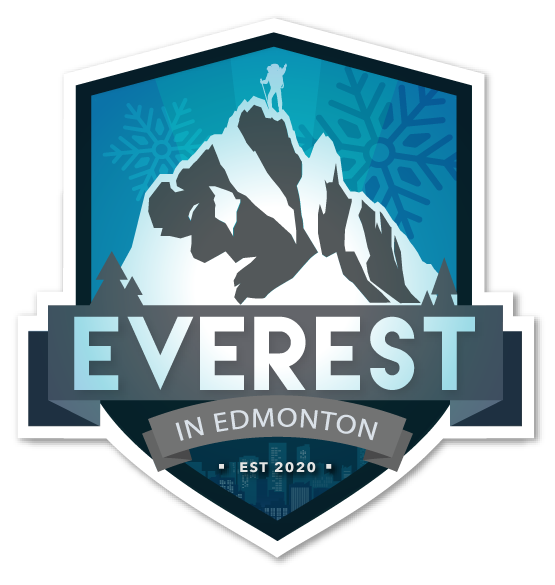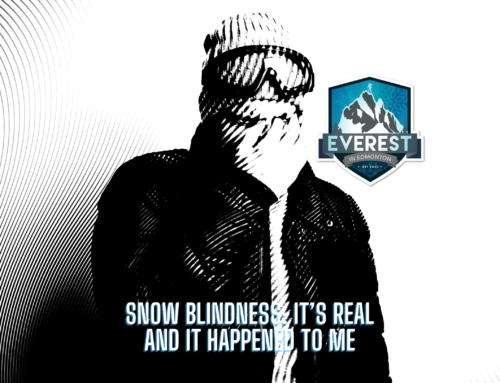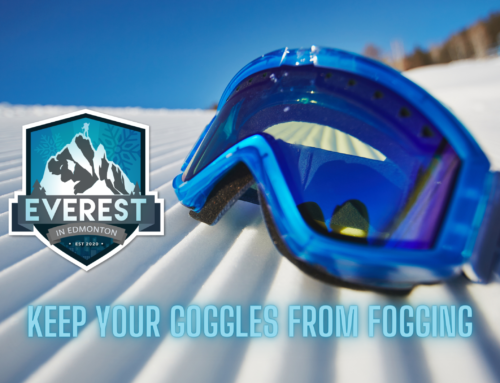A few minutes of preparation work at home and some maintenance on the trail can keep your feet feeling fine for long distance hiking:
To Pop or not to Pop? That is the question.
That’s the big, debated question. Even the experts disagree about when to drain a blister. I personally say “Pop,” many ER docs say “Pop,” and many first aid experts say “Pop.” So, therefore, the final answer is “POP.”
After last week relentless Everest In Edmonton’s 44.5 KM hike, even tapping my feet, with the best liners socks and best socks, best hiking shoes, I still got 4 huge new blisters.
Carrying Extra Socks is a Must
For the first time, Shonn (co-founder Everest In Edmonton) switched his socks during the hike and said it made a gigantic difference how his feet felt and also did not have one blister at the end of the 44.5 KM hike. He also said that moving forward he will switch out socks at the 15 KM mark and 30 KM mark. I will also do the same next year. If your feet get chronically sweaty, change into clean, dry socks midway through a day of hiking. Wear wool or wool-blend socks that wick moisture and dry quickly. (Cottons socks hold moisture and virtually guarantee you blisters.) Try to wash any dirt and sweat from your feet in a creek and dry them completely before putting on the clean socks.
Tape Hot Spots
I always carry athletic tape, specifically KT Tape and Motiv Flex Protective Performance Tape which sticks well even on damp skin. I always even on training hikes of 10-20KM I pre tape my feet mostly the Hot Spots and new Hot Spots.
Keep Your Feet Dry
This may be the easiest and most effective strategy: Whenever I stop for a break of 10 minutes or more, I take off my boots and socks and let them and my feet dry out—eliminating or at least minimizing heat and moisture. As simple as that. It feels good.
Use a Skin Lubricant
Apply a lubricant to areas that tend to chafe or blister, like heels, toes, or even the inside of thighs, to eliminate the friction that causes that discomfort. Numerous products do the job. My personal favorite and have used since day one of my hiking adventures is Glysomed foot balm.
Adjust Laces on the Trail
Shoe and boot laces often loosen up while hiking. Your feet and ankles move differently and endure different pressure points depending on the terrain, steepness, and whether you’re walking uphill or downhill. Feet can also swell slightly during a hike. Lacing footwear properly at the outset of a hike and retying during the day can alleviate the slippage and pressure points that cause friction.
Taking care of your feet and keep hiking!
Join us Saturday February 25.2023 for Everest in Edmonton-3 for a 44.5 km hike throughout the city of Edmonton Alberta Canada River Valley. Register today.
Connect with Everest In Edmonton below:





